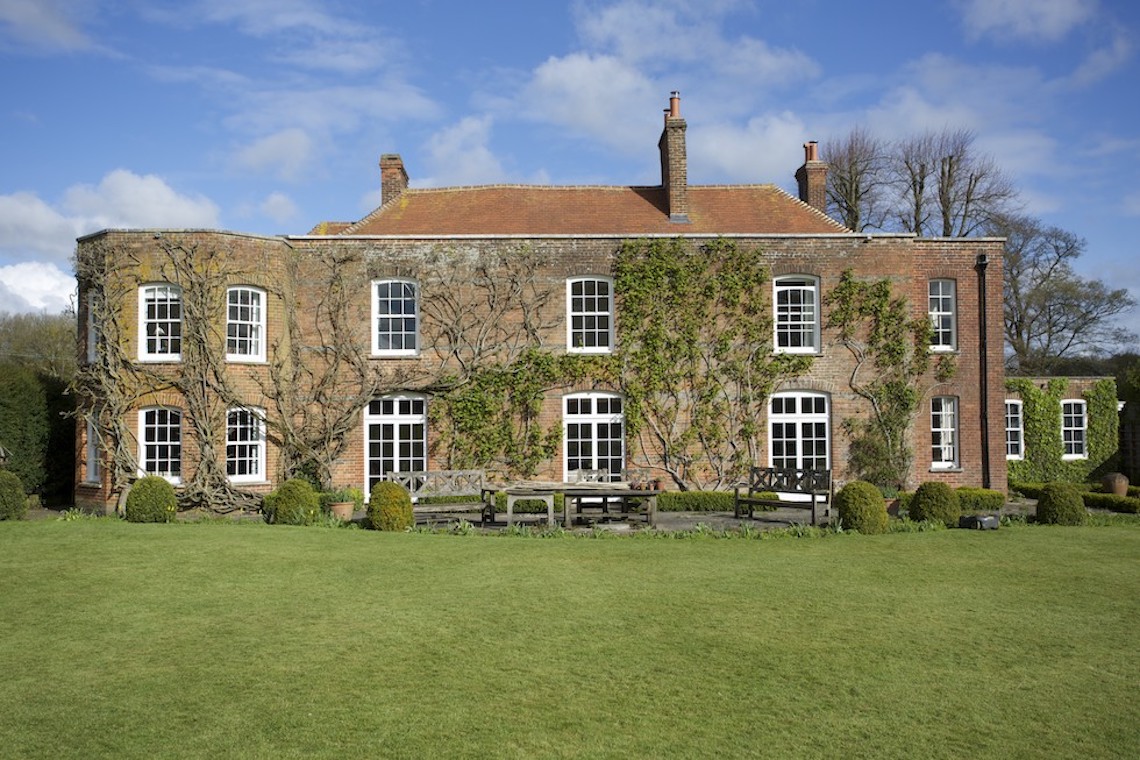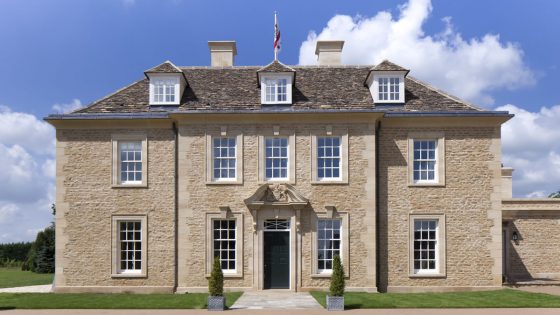A ‘listed’ building, of which there are some 500,000 in the UK, is one that has been placed on the Statutory List of Buildings of Special Architectural or Historic Interest. This means that, even if you own it privately, you are required by law to obtain permission from the local planning authority if you want to extend or alter it in almost any way.
Why are buildings listed?
Buildings can be listed because of age, rarity, architectural merit and method of construction. Occasionally Historic England lists a building because it has played a part in the life of a famous person, or as the scene for an important event. An interesting group of buildings – such as a model village or a square – may also be listed.
All buildings built before 1700, and most that are built before 1840, which survive in anything like their original condition are listed. After 1840, buildings must have some historical or architectural importance in order to be listed.
While planning policies deal with matters of fact, listed building policies rely on opinion. It’s therefore vital to make sure you understand why your building was listed and how it has evolved over time. That is just one reason why using a specialist independent consultant will almost invariably increase your chances of securing consent for any proposed alterations.
Three grades of listing.
Grade I. The top 2.5% of listed buildings which are of exceptional interest. The local planning
authority will consult Historic England on any proposed alteration work to a Grade I listed building.
Grade II*. 5.5% of listed buildings which are particularly important. Applications for alteration work are processed by the local authority, who have discretion to involve Historic England.
Grade II. 92% of listed buildings which are of special interest. Applications for alteration works are dealt with by the conservation officer at the local authority.
Grant eligibility.
It’s worth remembering that Grade I and II* buildings may be eligible for Historic England grants for urgent major repairs. However, you are extremely unlikely to get any sort of grant for a Grade II listed building.
Curtilage listed buildings.
It is not just the main structure, but every aspect of the building and its setting that are listed. This may also include buildings within the grounds of a listed building. These are referred to as: curtilage listed buildings.
Important points to keep in mind.
It is a criminal offence to alter a listed building or its setting without listed building consent, and the liability for any alterations passes from one owner to the next.
You are permitted to make like-for-like repairs, but these must not change the appearance of the building in any way. Like-for-like repair does not mean wholesale replacement of parts of the building.
At the outset of any project to alter or extend a listed building it is recommended that you should commission a detailed and authoritative account of the building and how it has evolved over time together with an assessment as to the relative importance of each element of the structure. This will then inform how the project is developed and will be helpful when making the case to justify the alterations to the local authority.
When amendments to a listed building are potentially controversial, it is usually better to include these with other, uncontentious work in one large application rather than a series of smaller ones. This approach gives the authorities a proper overview of the proposed scope of works and the opportunity to take a more rounded view than might otherwise be the case.
Try to make sure you have properly assessed the relative importance of each element of any work you want to undertake so you can present the strongest supporting arguments.
Planning authorities much prefer listed buildings to be used for their original purpose. Any proposal to change the use will need to be accompanied by evidence of why the original use cannot be maintained, and an assessment of the relative impact of other use options. Bear in mind too, that weight is also given to committed, long-term ownership of listed buildings.
Middleton advice.
Listed building policies rely on opinion, so it’s an area where specialist knowledge is extremely helpful.
With special thanks to Hugh Petter RIBA FRSA, ADAM Architecture.
Advice papers Middleton Advice is a series of top-level answers to questions that are often raised over the course of our client relationships.
It’s important to note that you should not proceed with any investment decision on the basis of the advice contained in these papers without further consultation with Middleton or other professional advisors. Information accurate at publication date of October 2021.







